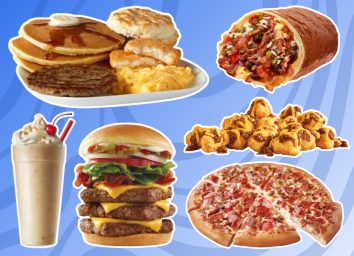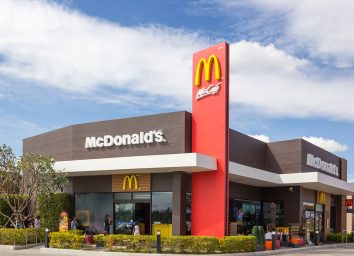20 Secrets About Fast Food You Never Knew
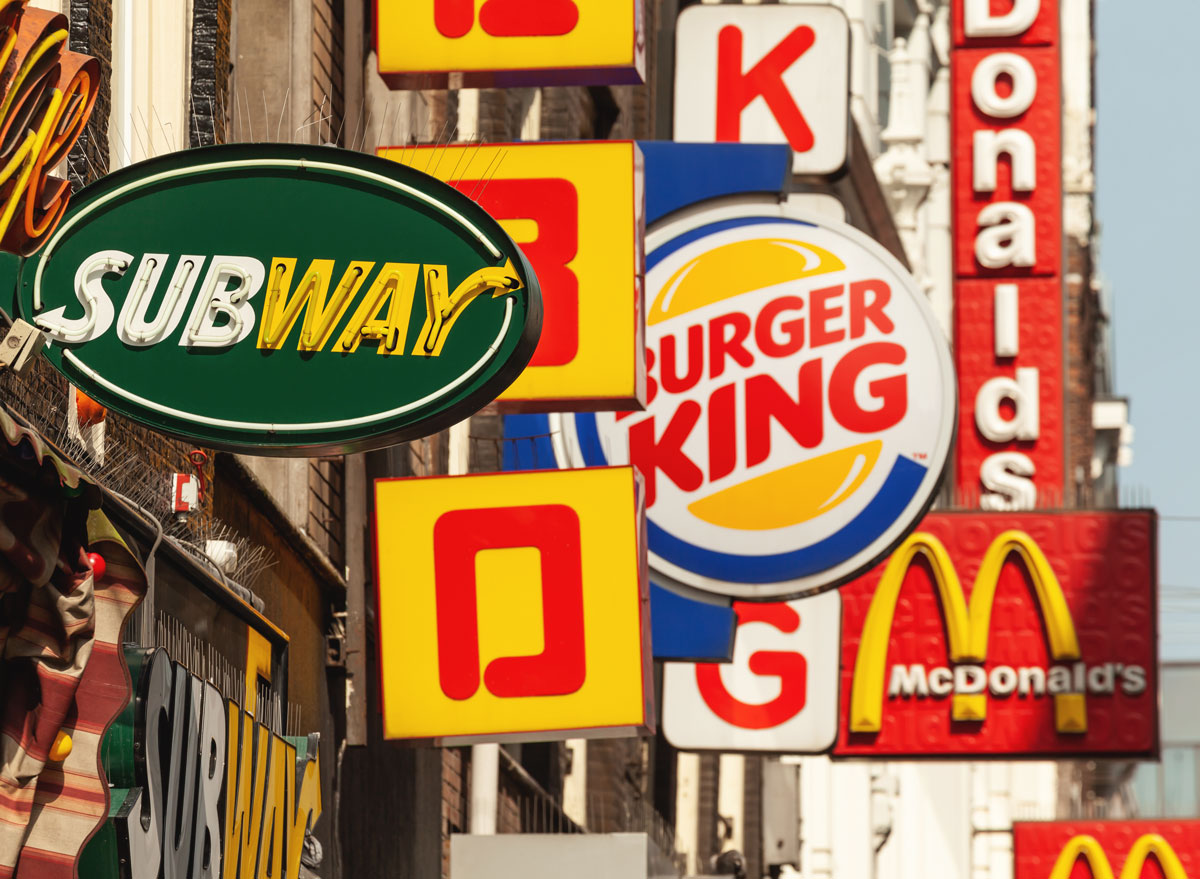
They may seem relatively harmless, but your favorite fast-food chains are members of a special kind of underground society that has more secrets than the pentagon and more tricks than Houdini.
In case you weren't already aware, fast food is simply not the greatest for your overall health, especially if you eat it often. And yet, many Americans do—because it's fast, cheap, easy, and delicious. But the truth is, fast food today is far worse for customers than it was back in the 1980s, thanks to the fact that portion sizes are way bigger. And that's just the start of it…
Here are the biggest facts about fast food that will really give you something to chew on before heading to the drive-thru again. Once you've learned the fast-food industry's secrets, there's a good chance you'll never look at a to-go bag of burgers and fries the same way again. And next, don't miss the 8 Fast-Food Burgers to Stay Away From Right Now.
It can affect your mood.
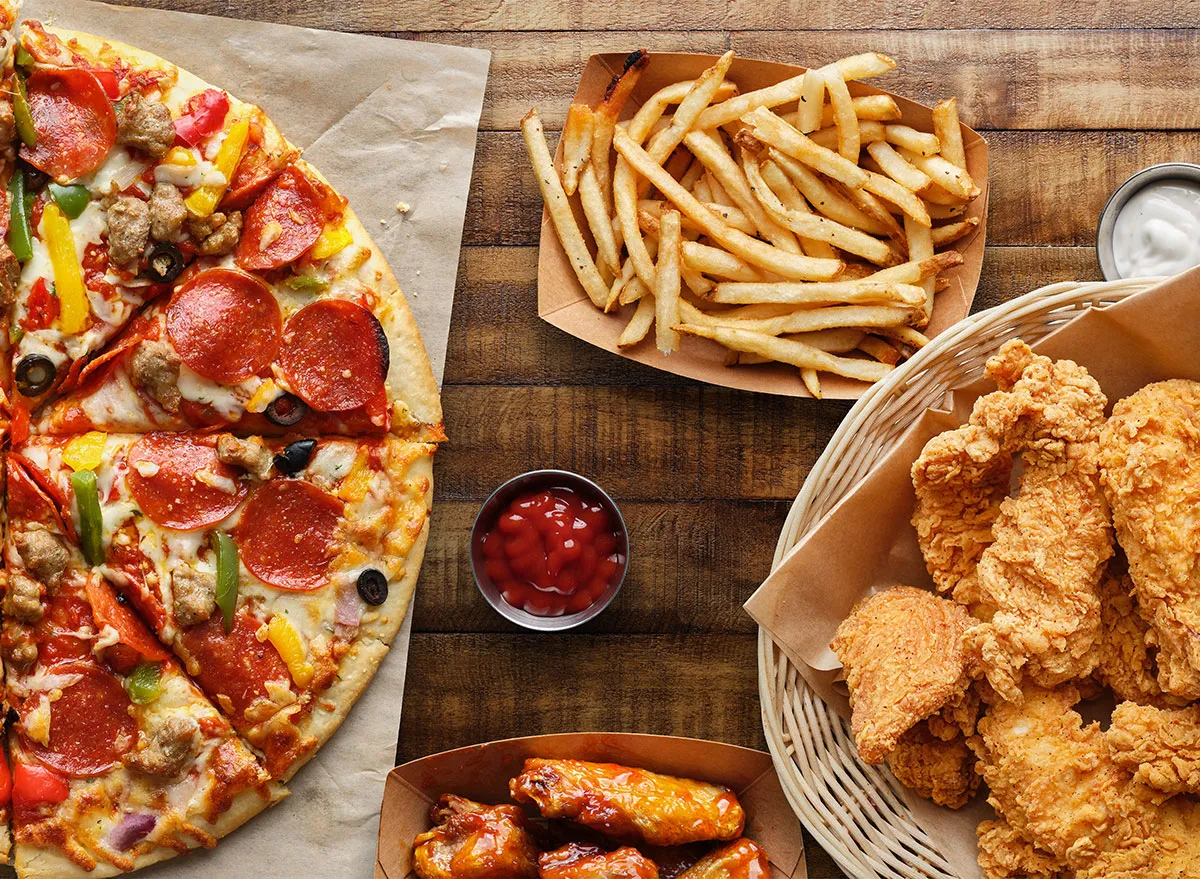
Strange but true: Even if you generally eat a healthy diet, consuming fast food can increase your risk for depression, according to a Public Health Nutrition study of nearly 9,000 participants. In fact, those who eat greasy burgers, hot dogs, and fries are 51% more likely to develop depression that those who don't indulge.
Thankfully, for those who only hit up the drive-thru once in awhile, the researchers observed a dose-response relationship between the blues and the burgers. "The more fast food you consume, the greater the risk of depression," explains Almudena Sánchez-Villegas, lead author of the study. The takeaway here: Try to limit your fast food habit to once or twice per month at the very most.
Make better eating choices every day by signing up for our newsletter!
Most of us have no idea how caloric it is.
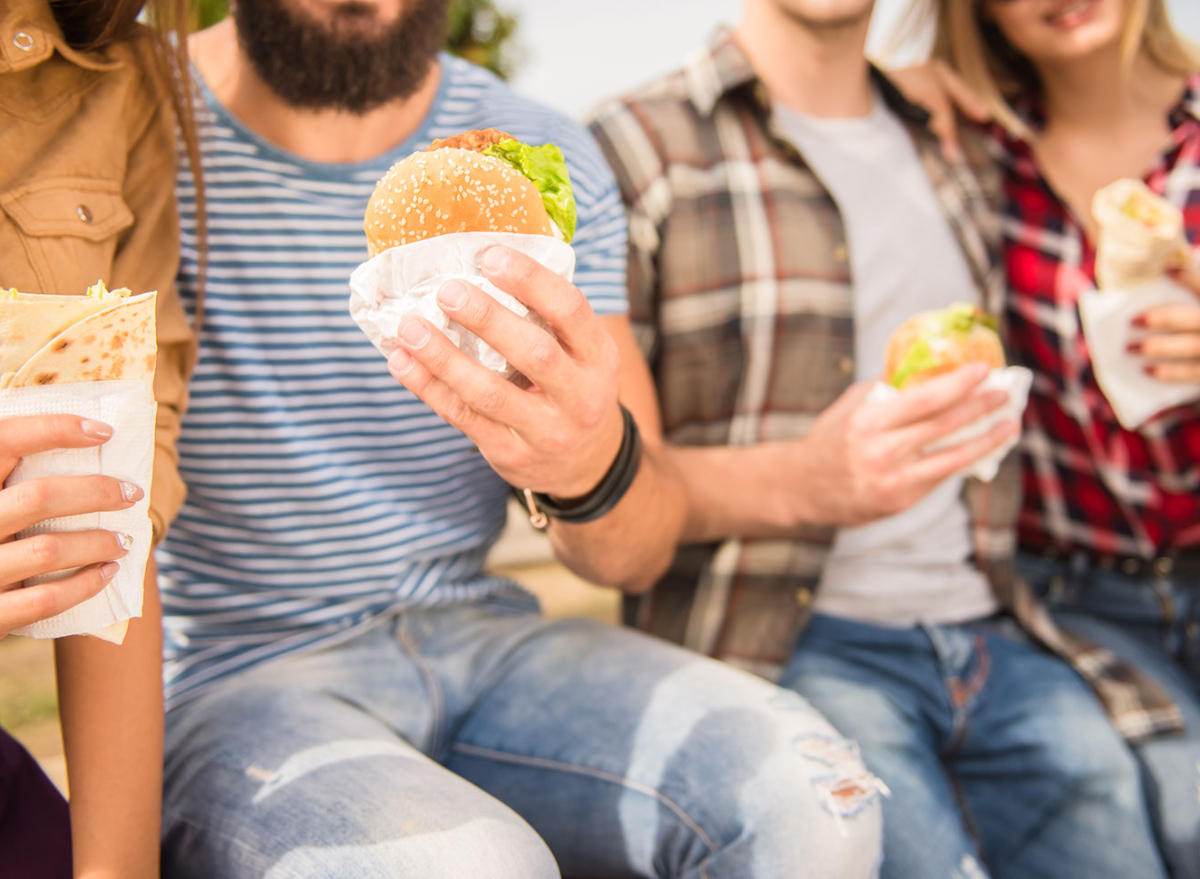
Researchers at Harvard Medical School asked 1,877 adults, 330 school-age children, and 1,178 adolescents dining at Burger King, Subway, Wendy's, KFC, Dunkin' Donuts, and McDonald's how caloric they thought their meals were. Compared with the actual figures, participants underestimated their meal's calorie content by 175 calories, 259 calories, and 175 calories, respectively.
If the calorie information is printed on the menu, give it a peek and look for something with 500 calories or less.
Just living near it can make you heavier.
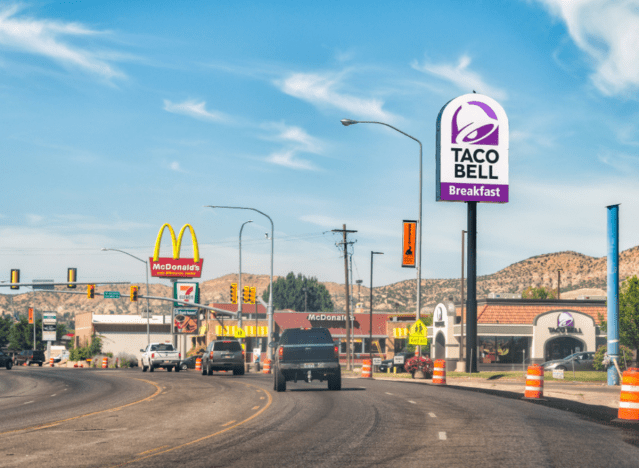
Having a fast food restaurant within 0.10 miles of a school increases the probability of obesity among students by 5.2%, according to a joint study conducted by Columbia University and the University of California, Berkeley.
For pregnant women, having a restaurant within 0.50 miles increases the probability of gaining over 44 pounds during pregnancy by 2.5%. (Experts typically recommend that women with a healthy BMI gain no more than 25 to 35 pounds after becoming pregnant.)
To combat this, keep healthy, grab-and-go snacks in your car or bag. If you're prepared with your own healthy fare, you'll be less apt to give in to temptation when your tummy starts to rumble. These 25 Eat This!-Approved Snacks are all solid options.
It wasn't a thing until the 1920s.
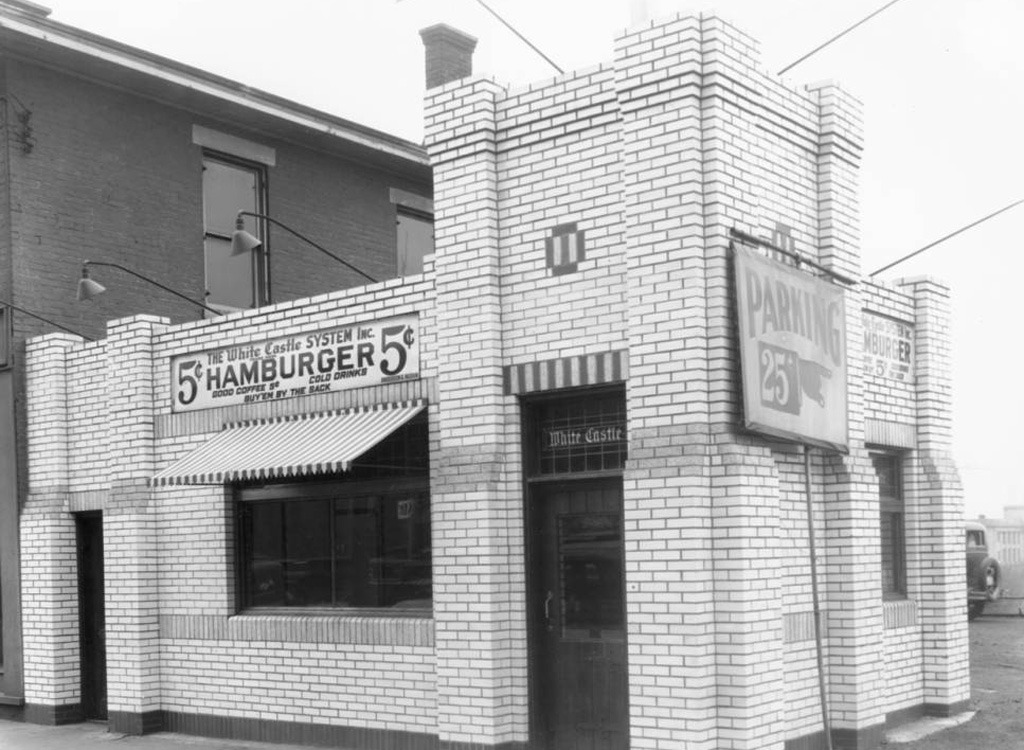
Until the early 1920's burgers were typically thought of as fare reserved for fairs, circuses, and lunch carts; a low-quality meal made from slaughterhouse scraps and nearly spoiled meat. But Walter Anderson and Billy Ingram, the creators of White Castle, set out to change the public's perception when they opened their first location in Wichita, Kansas. They set up the restaurant so that customers could see the food being prepared and painted the building white to evoke the perception of cleanliness.
Speaking of clean eating, be sure to keep some of these 15 New Healthy Frozen Foods that Make Clean Eating a Breeze on hand so you're always prepared with healthy eats—even when you're short on time.
The healthy-sounding stuff isn't any better.
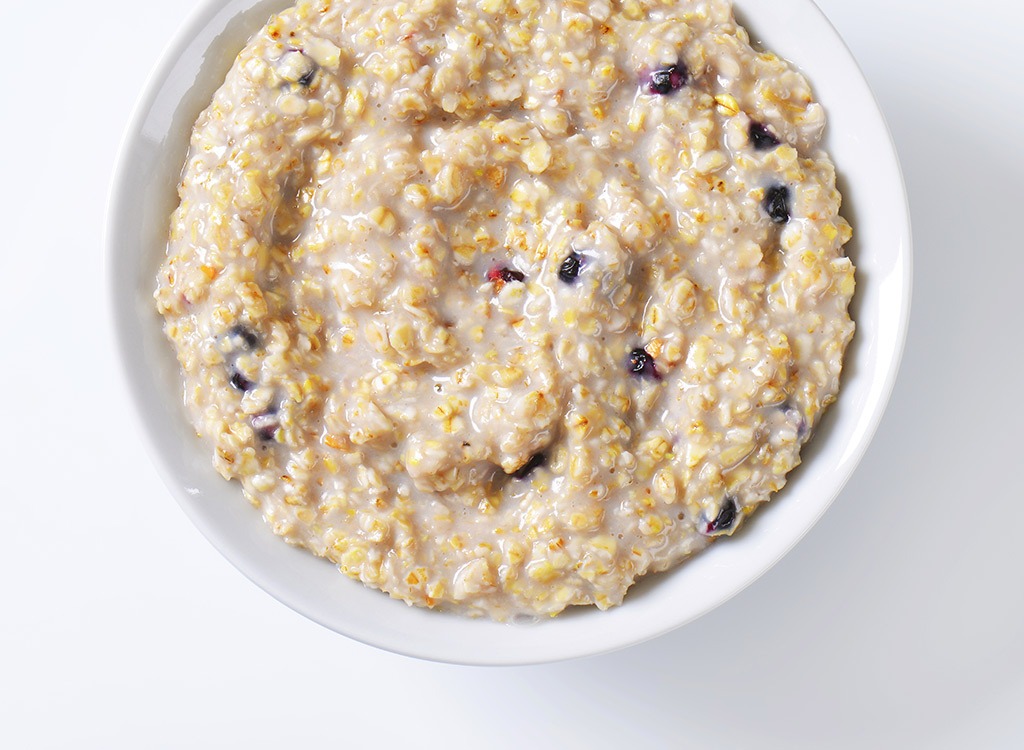
While there are some exceptions to the rule, more often than not in fast-food land, the healthy-sounding stuff is worse for you than the items that seem like they'd do the most damage. If you see oatmeal on the menu, know it's likely packed with more sugar than you get in a bag of M&Ms. And speaking of the sweet stuff, find out what it's doing to your body in our exclusive report, What Happens to Your Body When You Eat Sugar.
Kentucky eats the most of it.
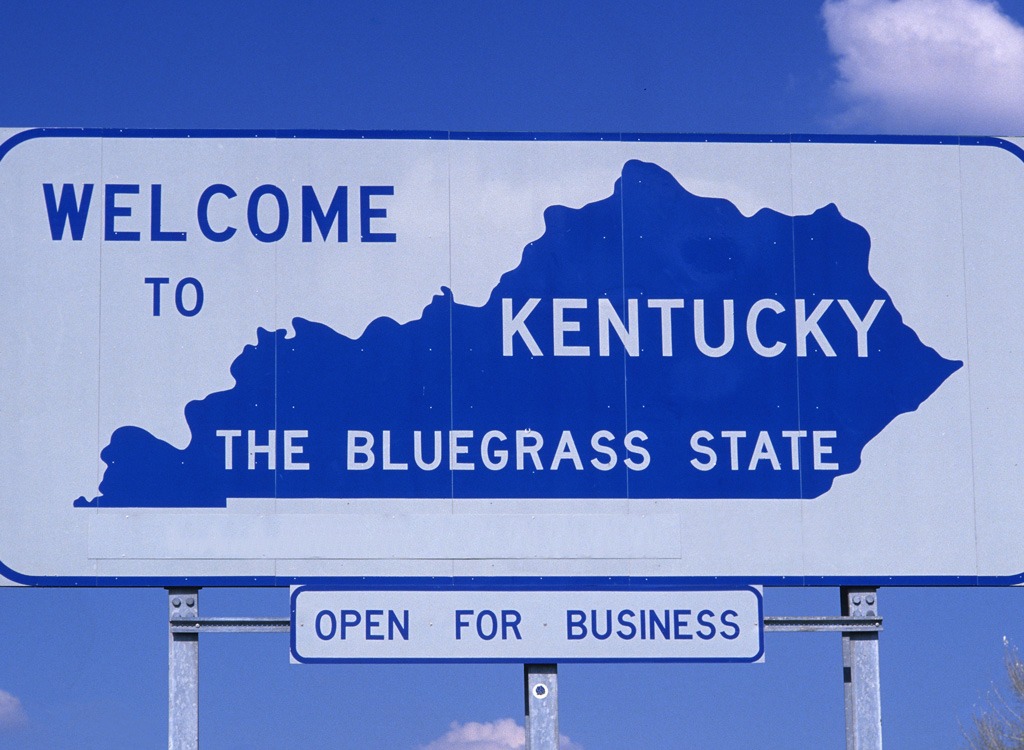
Kentucky may be called The Bluegrass State, but maybe they should change their nickname to The Fast Food State. With more than four establishments per 10,000 residents, they have more greasy spoon joints than anywhere else in America! (Considering they are home to Papa John's International Inc. and Yum! Brands Incorporated, the company that owns fast-food giants Taco Bell, Pizza Hut, and KFC, we can't say we're totally shocked.)
Consequently, Kentucky also has the twelfth highest adult obesity rate in the nation, according to the non-profit organization Trust for America's Health. A few possible reasons why there's a connection: Not only is it harder to resist temptation when there's fast food all around, it also drives down the cost, making it even more accessible and attractive, say researchers.
Some of it has Silly Putty in it.
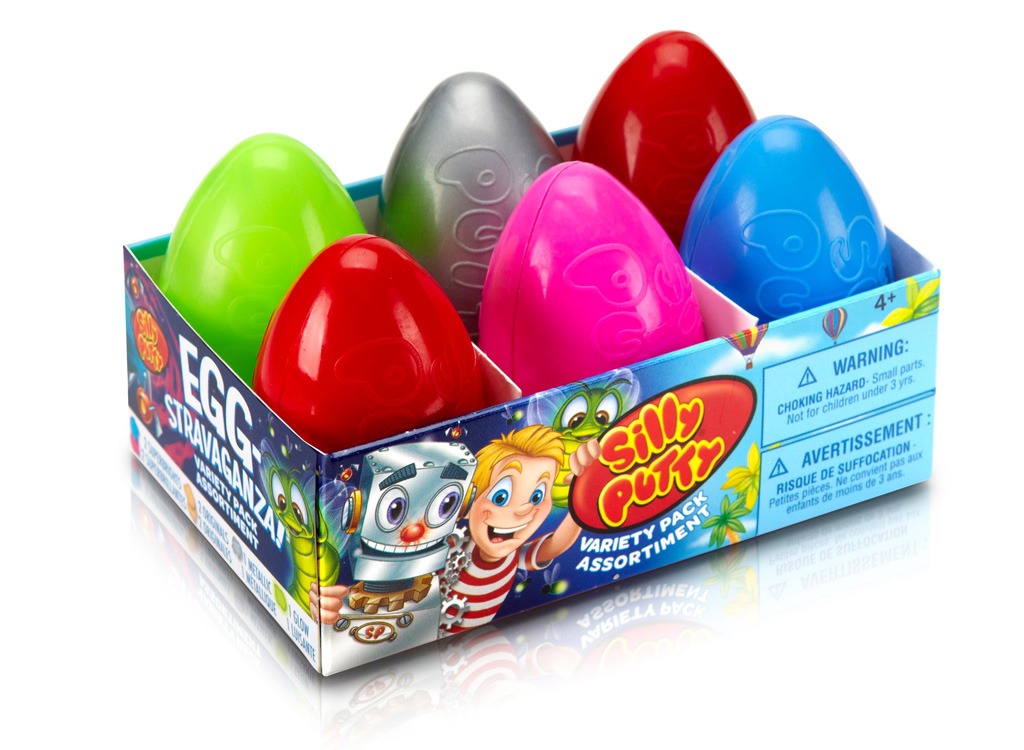
What do Ronald's McNuggets and Filet-O-Fish have in common with Chick-fil-A's Spicy Chicken Sandwich Deluxe? They are made with dimethylpolysiloxane, a type of silicone used in cosmetics, aquarium sealant, and, you guessed it, Silly Putty. Uh, yum? It doesn't pose any major health risks, but it's a bit unsettling nonetheless.
It's not cheap.
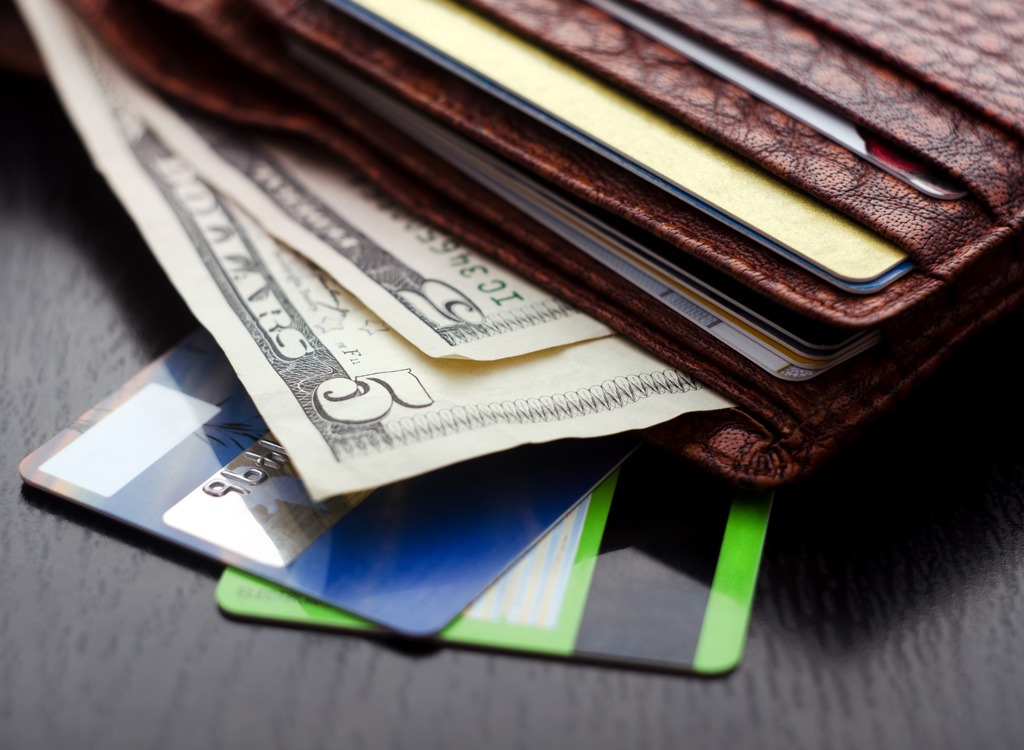
Contrary to conventional thought, eating dinner at a fast food chain isn't cheap. In fact, it costs about $30 for a family of four to have dinner at their local McDonald's! On the flip side, for just $12 you could easily buy a pound of millet, ($1.99) a pound of ground turkey ($5.99), and a bag or two of frozen veggies ($2.00-$4.00) and cook up a big bowl of yum and nutrition. For even more ways to save dough on your groceries, check out these 17 Simple Swaps That Save $255 a Month on Groceries!
Chicken nuggets may not be the part of the chicken you expect.
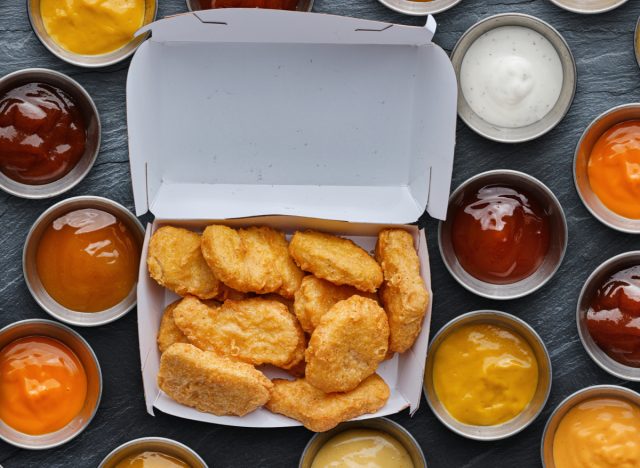
In 2013, researchers published a study in The American Journal of Medicine, looking at the age-old question, are chicken nuggets really chicken? The short answer is yes, but they found that nuggets contain very little meat and are mostly the birds' bones, fat, and tendons.
RELATED: McDonald's Is Being Sued in the Ongoing Soft Serve Drama
The flame-grilled flavor is fake.
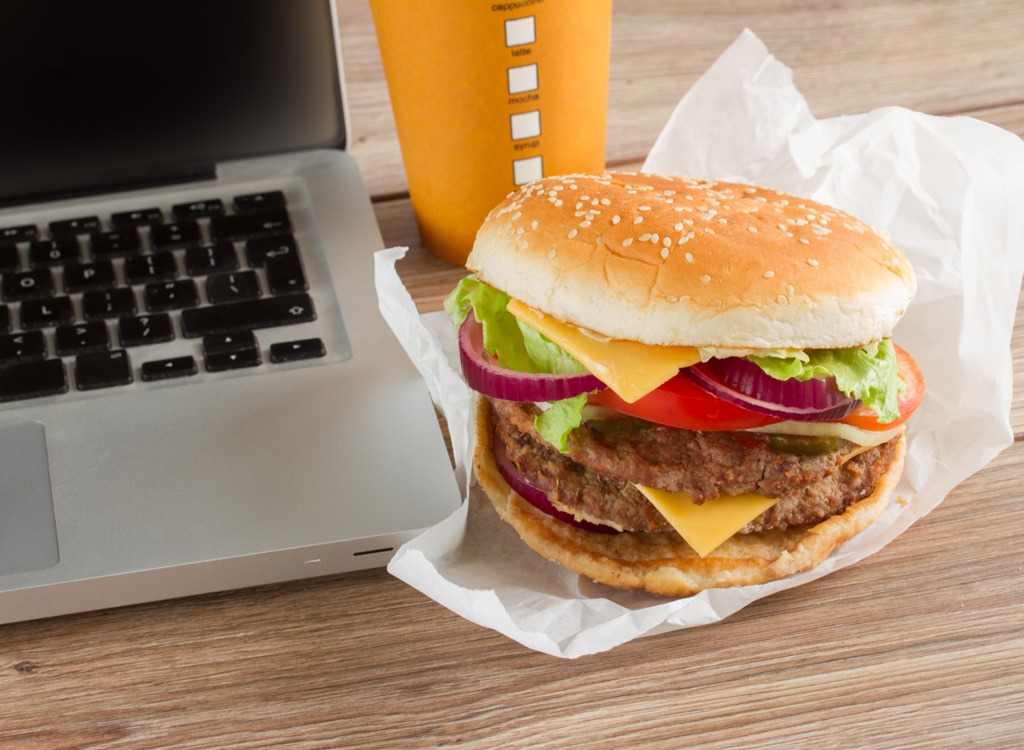
Have you ever wondered how your favorite burgers and chicken sandwiches get that fresh-off-the-fire taste even though they're frozen and cooked indoors? We have. And as it turns out, that smokey flavor isn't legit. (Are you really shocked, though?) When a fast food item contains something called "natural smoke flavor" it likely was created by Red Arrow Products Company, a commercial flavor firm. To create the flavor, the company burns wood, captures the flavor of the smoke in water, bottles it and sells it to places like Burger King and Wendy's. We bet that burger seems a little less appetizing now, right?
They serve nutritionist-approved meals.
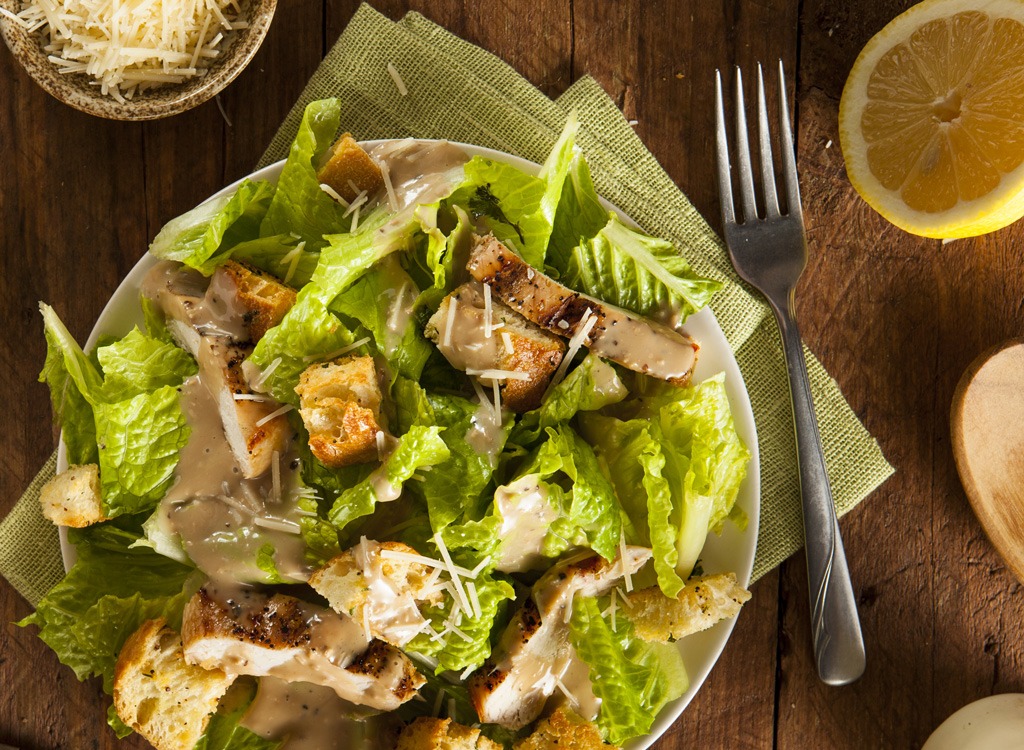
"Not only do I eat guilt-free at McDonald's, I think they get a bad rap all too often," says Christine M. Palumbo, a Chicago-area registered dietitian and nutrition communications consultant. Other diet experts concur. We've sat down with countless experts and asked them when they order at places like Burger King, Mickey D's, Panera, Wendy's, and Starbucks and they never come up short. It's all about navigating the menus with some knowledge on your side.
To ensure you know everything you need to know to eat fries without expanding your waistline, check out our exclusive report, How to Eat Fast Food—Without Gaining Weight!
They decorate to make you crave.
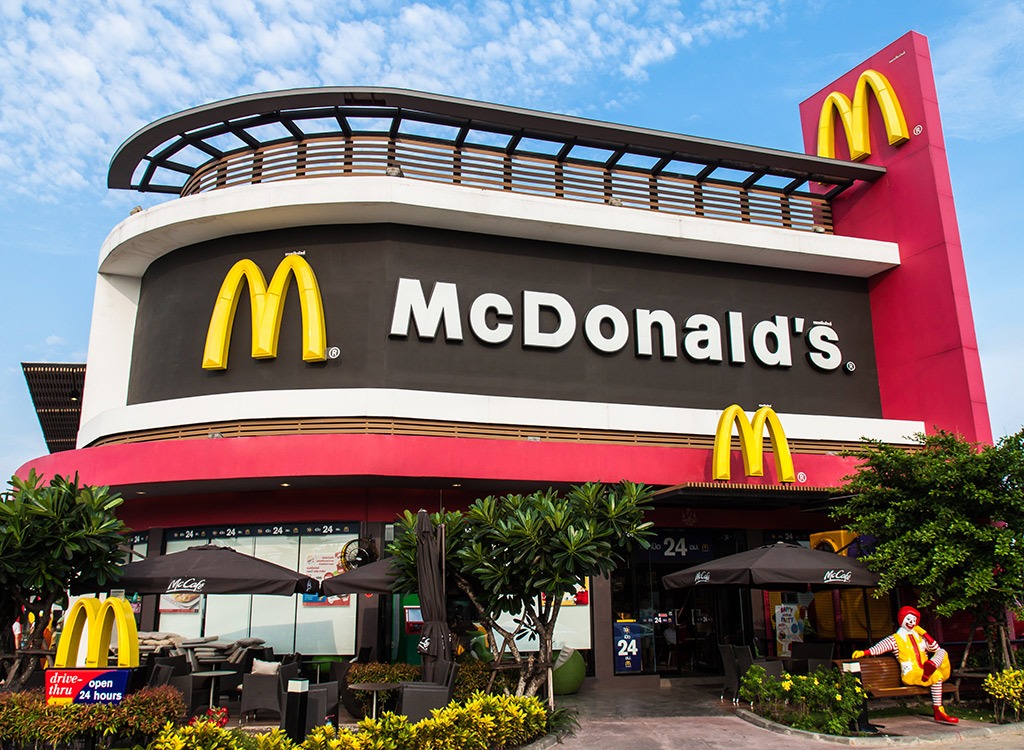
Have you noticed that a lot of fast food chains use the same colors on their logos and inside their restaurants? That's no coincidence. Pizza Hut, In-N-Out Burger, Wendy's, McDonald's and Burger King—just to name a few—all use yellow and red in their logos. These hues have been proven to grab consumers' attention, stimulate appetite, increase the speed in which we eat and make us crave all things convenience—including fast food, say University of Rochester scholars.
To keep your appetite in check, order from the drive-thru window and enjoy your food at home. Nowhere near your house? If the weather is nice, eat outside the restaurant at a picnic table or take your meal to a nearby park.
They use words against you.
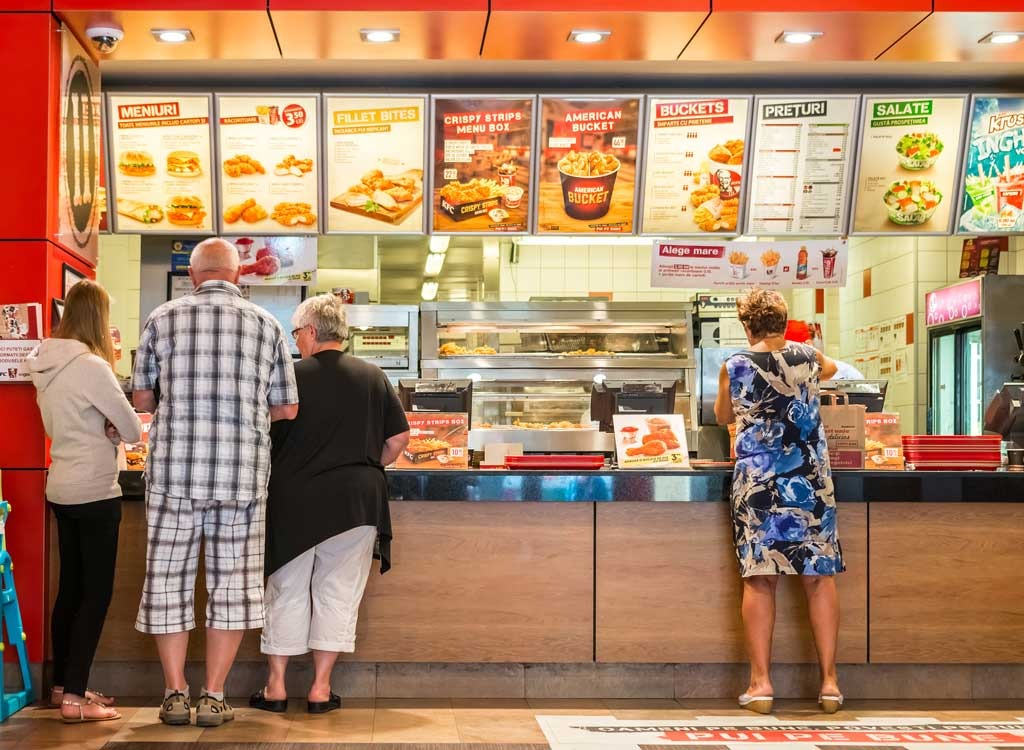
Have you ever gotten into a fast food line with every intention of ordering a salad, but then find yourself asking for a greasy combo meal instead? You are not alone. Food marketers design the menu with descriptive terms like "hot n' juicy" to get you to crave those for addictive menu items, and it works.
Customers are 27% more likely to order an item if it's described with yummy-sounding adjectives, say Cornell University researchers.
It can melt.
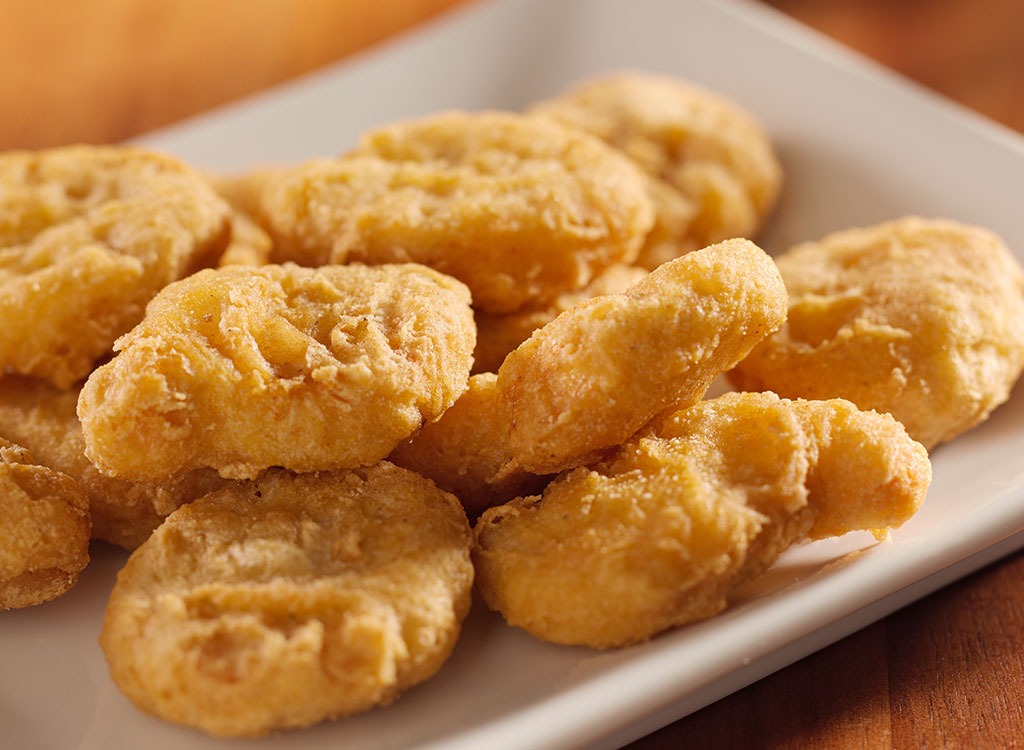
Chicken McNuggets are constantly under fire in the media, whether it's because of pink slime claims, having more than 40 ingredients, or because they, uh, melt? Former McDonald's employee and Reddit user DFunkatron explained, "I accidentally left a whole bag of about 100 chicken nuggets out on a counter for way too long. They melted. Into a pool of liquid."
Wondering why? It could be because the finely-ground chicken meat is combined with a water-based marinade of sodium phosphates, food starches, dextrose, citric acid, autolyzed yeast extract (i.e. appetite-increasing MSG), and natural flavoring just to keep it bound together. No wonder pre-fry, defrosted nuggets melt—other than chicken, they're mostly made up of additive water.
The kids' meals are weight-loss friendly.
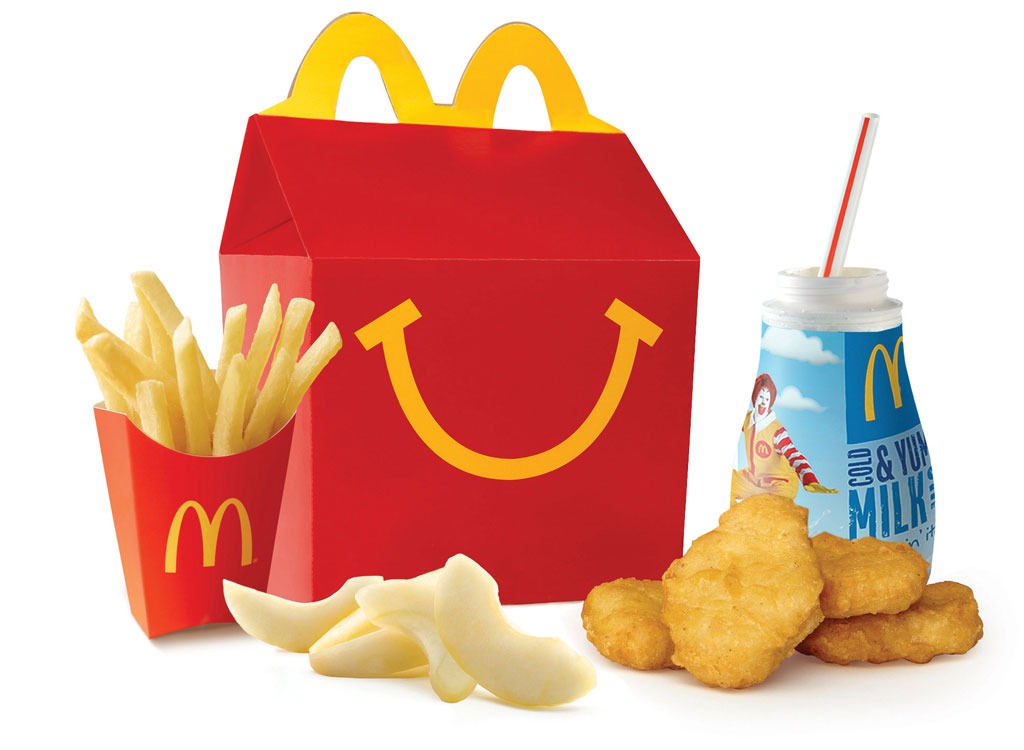
The Happy Meal isn't just for kids anymore. According to a research team of scientists from the Universities of Arizona and of Southern California, when a small incentive is offered with a meal, as is the case with just about every fast food kids meal, people are motivated to limit their portion size. As it turns out, the combination of a half-sized portion and a non-food gift stimulates the same part of the brain—the area responsible for reward, desire, and motivation—as the full-sized portion alone.
The study also discovered that, regardless of hunger, most people will choose a half-sized portion of food if it's paired with a toy or monetary prize rather than a full-sized portion at the same price. Even though they ate less, people who chose the incentive option tended not to compensate for the reduced portion by eating more calories later in the day. So, if you're looking to shed some pounds, opt for the Happy Meal—and hey, you get to have a new toy!
Even the salads have chemicals.
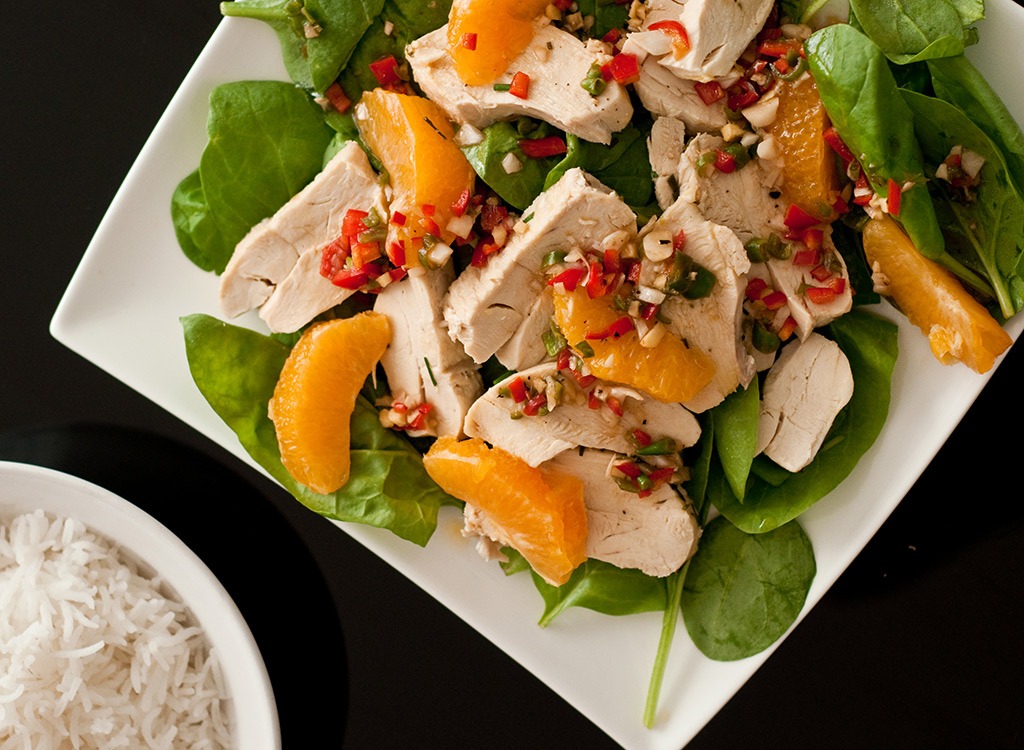
These days, many fast-food chains offer salads. And if solely look at things like calories, fat, and sodium, they're usually a step in the right direction. But when it comes to the quality of the ingredients in the salad, they're not much better than the stuff that's infused with silly putty. Many chains dust their salads with propylene glycol, a chemical that helps keep lettuce leaves crisp. It's considered safe for consumption—but it's also be found in antifreeze and sexual lubricants. In our eyes, that's the opposite of appetizing and wholesome.
"Medium" is actually a large.
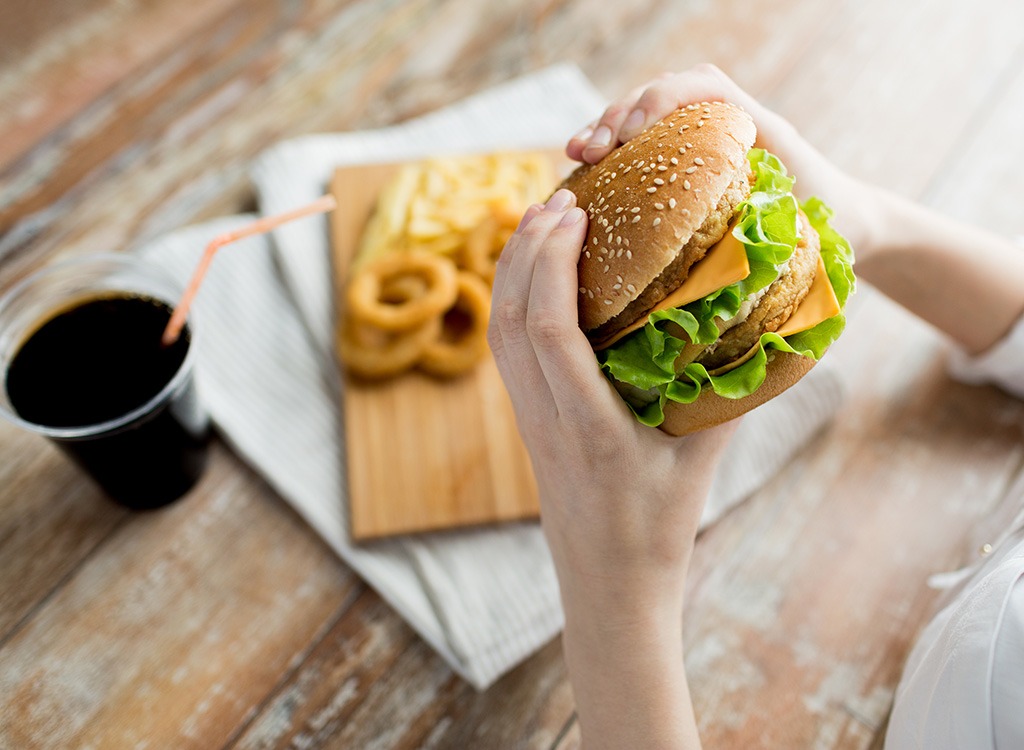
Duke University researchers discovered that chains often encourage customers to buy larger sodas by increasing the number of ounces in all their sodas. That's because people subconsciously pick the middle option, so the larger the "medium," the more they can charge for it—those sneaky devils! Consider this just one more reason to stick to water and avoid the chemical-spiked sugar water altogether.
The fountain drinks are dirtier than a toilet.
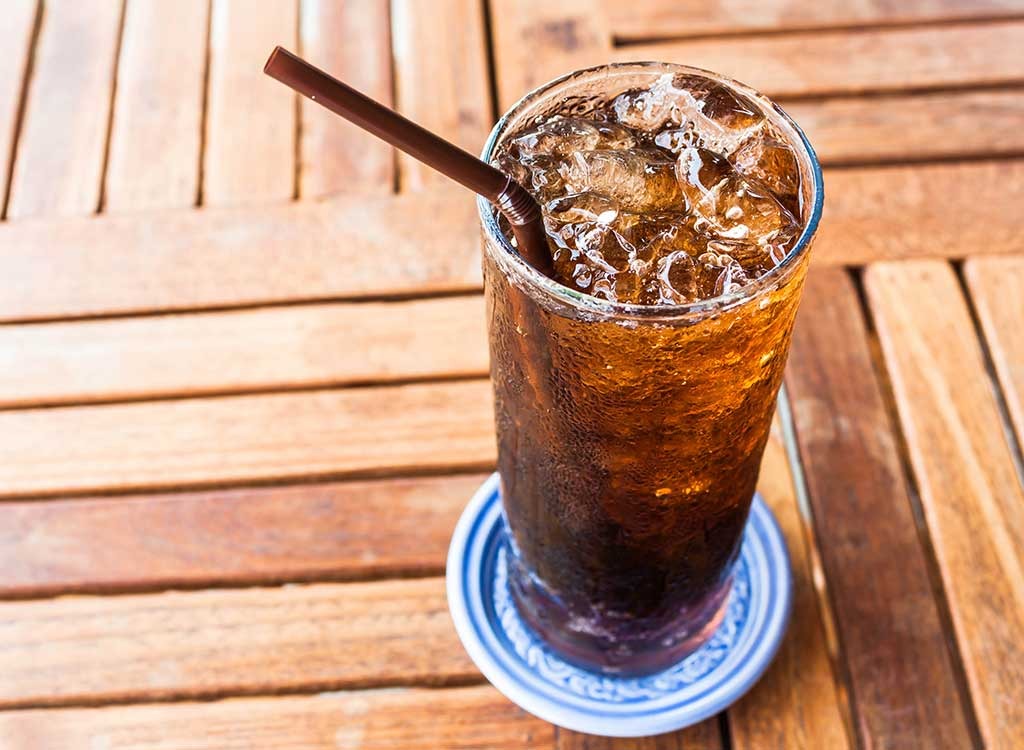
Ice machines are notoriously difficult to clean, making them veritable petri dishes. In an award-winning science project, 12-year-old Floridian Jasmine Roberts compared the bacterial content in ice water and toilet water from fast-food restaurants.
It was found that 70 percent of the time ice from fast-food restaurants was dirtier than the toilet water. In several cases, the ice tested positive for E. coli bacteria, which comes from human waste. Appetite, ruined.
The coffee may make you depressed.
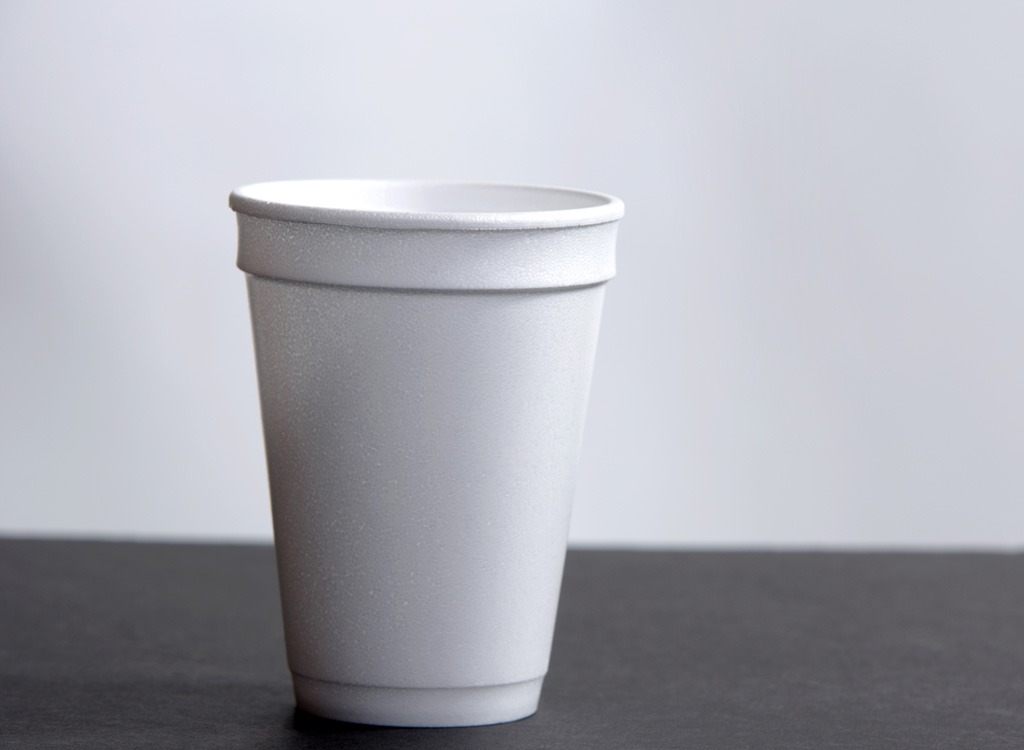
Styrofoam cups, the kind many food places use to serve up your morning latte, can leach styrene. If that sounds scary, that's because it is. The neurotoxin can cause depression and a loss of concentration. Highly acidic or hot beverages—in other words, coffee—draw the plastic compound out more effectively than, say, cold water would.
It doesn't go bad…
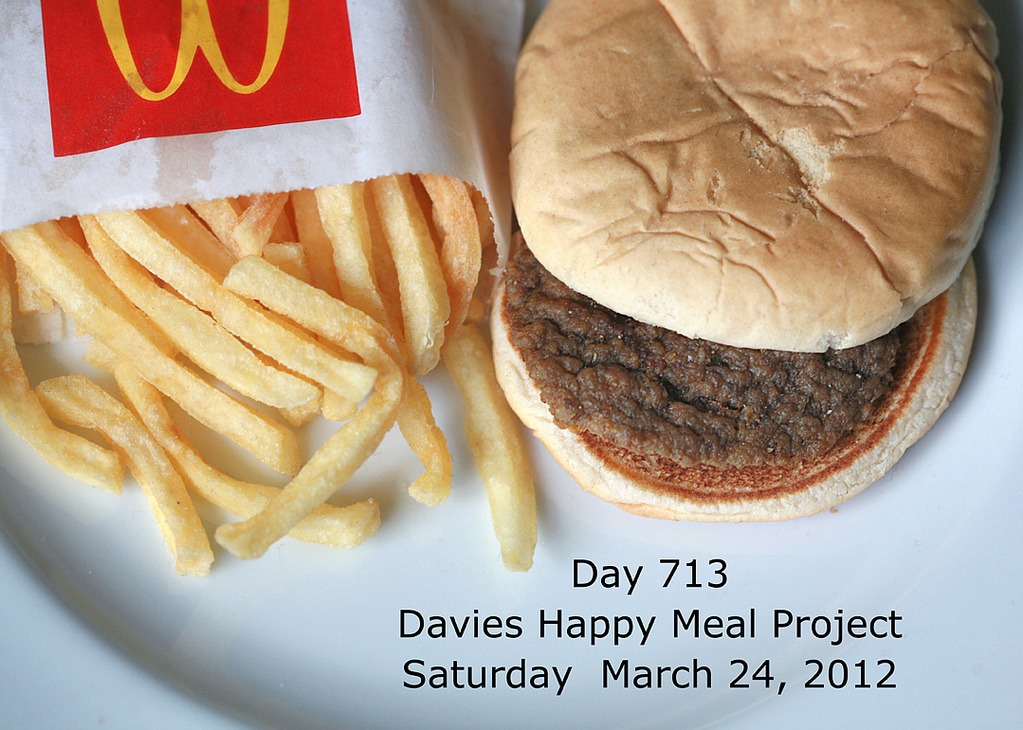
In 2010, New York photographer Sally Davies put a McDonald's hamburger and fries in a jar. Five months later, the food still looked edible while KFC fries bought and stored on the same day were white and furry with mold.
Marion Nestle, chair of NYU's food studies program, told Salon that McDonald's would have to use "a lot of sodium propionate to prevent bacterial or mold growth." Davies continues to take photos of the same meal and post them on her website; as of July 2015, it has not noticeably disintegrated.
For more fast food facts, check out 8 Fast Food Chains With the Most Food Quality Complaints.
